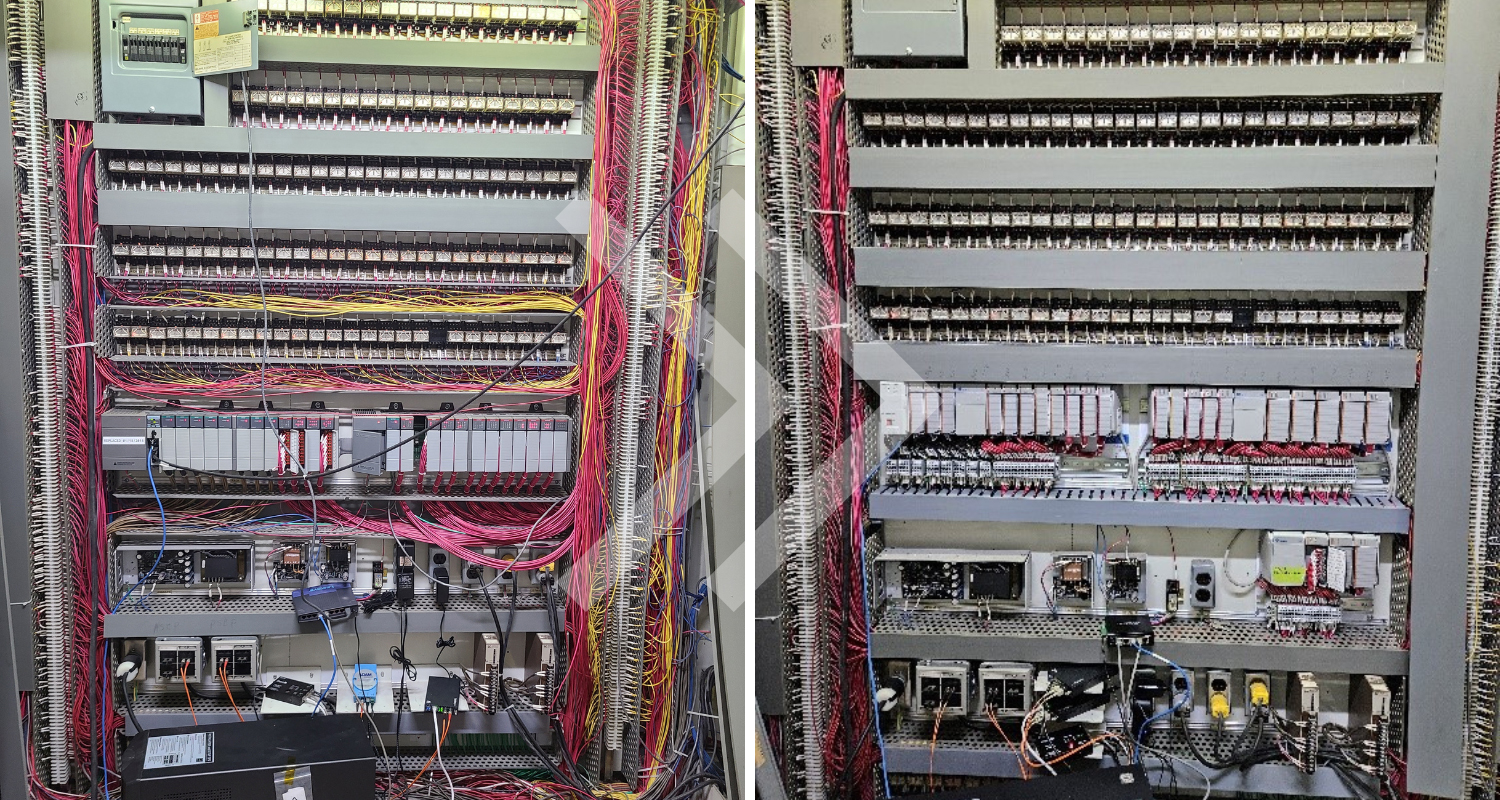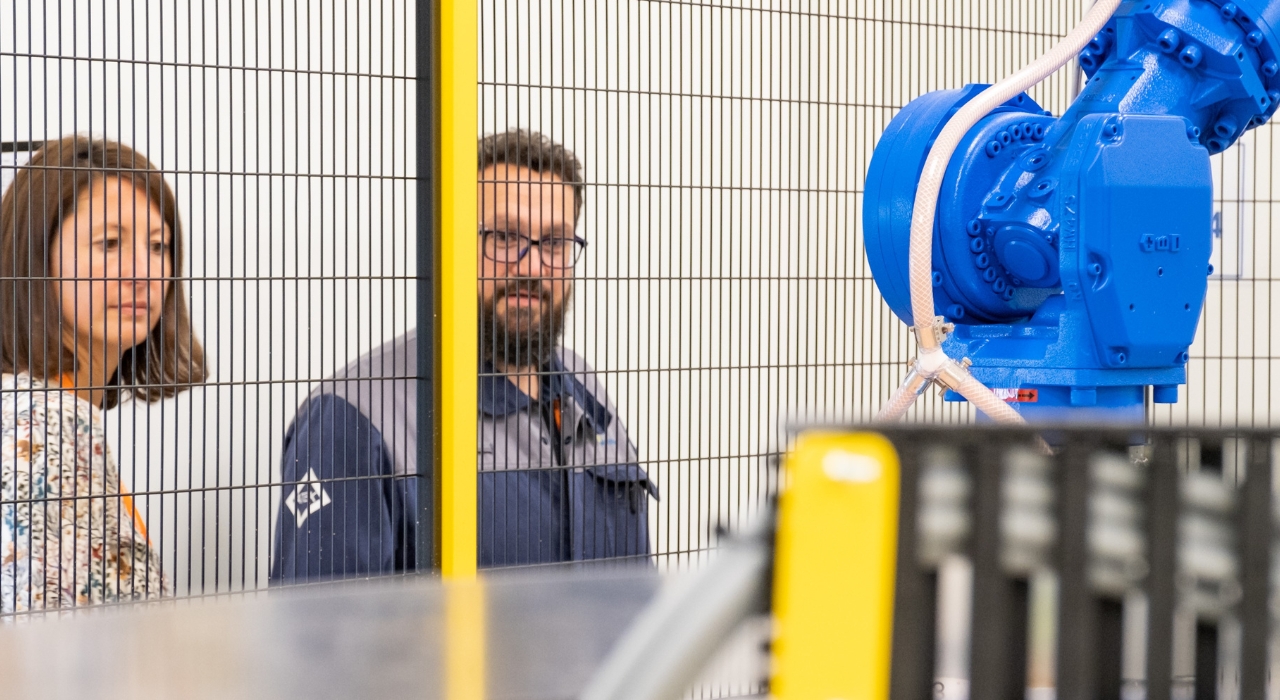Over time, the performance of functioning facilities degrades due to dwindling resources and a lack of trained personnel for maintenance and upkeep. This includes understanding equipment operation, performing necessary preventive maintenance, improving operations, and managing “out-of-control” systems. As a result of this degradation, manufacturers frequently turn to external help to address these issues. Our support services are designed to fulfill this need, often facing the challenge of improving and maintaining systems without causing downtime. “No downtime” requirements typically stem from high-value operations with significant demand. These operations, often struggling to meet business demands due to existing problems, benefit most from our services. Addressing the biggest problems presents the biggest rewards, and this challenge aligns perfectly with that principle.
THE CHALLENGE:
Diagnosing difficult control issue, developing a solution to the problem and implementing the fix is generally a large challenge. When required to perform these repairs while inside of live production goes well beyond the conventional definition of “challenge.” This adds an exponential level of complexity. The equipment in question was in high demand and created half a million dollars’ worth of product. Thus, it was imperative to keep it operational and add more of a “challenge” to our workload. In order to address this issue, it would take a deeper measure of diagnosing and investigation to ensure that the correct solution was applied to the live system.
THE SOLUTION:
In a situation where the system is bleeding and operations need help, it is important to perform triage and make short-term improvements. Through testing and observation, we concluded that selected equipment was running poorly in particular scenarios. To address these issues, we came up with PLC modifications and new tuning parameters to assist them before the permanent solutions were implemented. This approach brought the time to understand the root cause.
With the system stabilized, we went to work on a permanent solution. In order to dig deeper, extra diagnostic investigation predicated leveraging our data analytics tool kit, specifically the PID analysis application. To get a full picture of the issue, a new data historian was put into place to extract and collect the relevant process data from the, in question, reactor heating temperature control loops. Through the efforts of Actemium’s data analytics team, the PID analysis dove into the operations of the loops, the reaction times, the overshoot, the error, the tuning parameters, and, most importantly, the path to address the issue. Through this, we were able to confirm that one source of the problem was the PLC logic and significant error in the approach to the process control. It was determined that the PLCs logic was not operating correctly for years. Based on the recommendations from the PID tool, we implemented changes, corrected the code flaws from the prior system integrator, and addressed the operational issues. Through best practices of project execution and testing approach we worked around the customer’s production constraints.
RESULT:
As a result of the PID analysis, it was determined that there were significant heat process problems. Before the remediation effort, a batch on the system would take 55 hours. Additionally, the reactor required about 8 hours to heat up. This meant it took close to 60 hours to treat the product. After the changes that were recommended by the PID analytics were made, the system was able to heat and process a batch in under 24 hours, allowing the reactor to heat up and maintain a stable temperate. Reducing the cycle time by more than half on a batch whose product value exceeds $500,000 drives more than double the production capacity from before the modification. The project ROI was achieved in the first cycle of the first batch produced. From this point forward the customer realized all the bottom line benefits.
CONCLUSION:
Production challenges exist on every project. “No downtime” requirements compound and reduce the flexibility of the implementation approach. To address these challenges a new set of tools is needed. Leveraging Data Analytics and Machine Learning solutions adds another dimension to the overall solution and allows for more confidence in the success. This type of project is commonly requested from our customers. The request is to dig into existing systems, look for ways to improve productivity, lessen waste, or lessen downtime and troubleshooting. The common theme will not change and we continued to drive innovation in our approach to make our customer become more successful.
Our expert team is here to help you implement the best solutions tailored to your unique needs. Find out more about our Automation and Manufacturing solutions.




